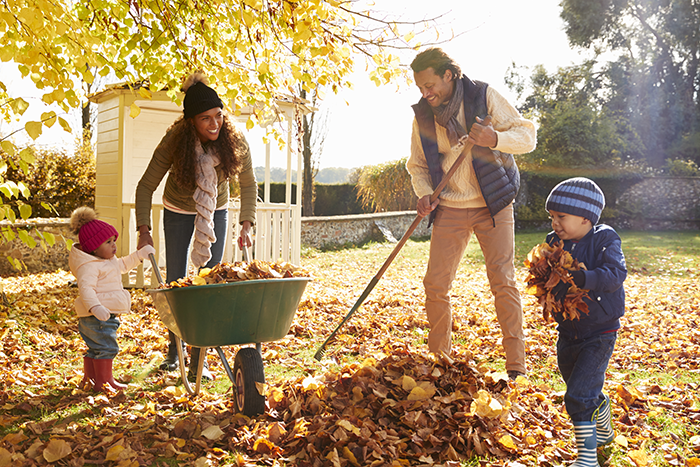How to winterize your flower beds and garden
Protecting garden and flower beds in anticipation of the harsh winter involves several steps over a few weeks. It is also wise to do this well in advance. Here’s a step-by-step guide to help you remember everything.

Weed and aerate the soil
Starting mid-August, clear your garden and flower beds of weeds. Remember to do the same around any conifers. Well-aerated soil is essential for keeping your plants healthy; turn the soil to a depth of about 15 to 20 centimetres at a time. Perform a final aeration when perennials have flowered. It’s also a great time to add an autumn fertilizer, rich in potassium but low in nitrogen—or a little compost. This will help your plants build up reserves.
Spread mulch
To protect the perennials in your flower beds
and garden from the cold, spread mulch over the soil; a thickness of about 3 to
5 centimetres is recommended. A volume of 7 to 10 centimetres around the trees
is sufficient. In addition to adding an aesthetic touch to your landscaping and
protecting plant roots from frost, it also helps limit weed growth during the
coming months. Remember that the roots of hedges also need to be insulated.
Some more fragile shrubs require burlap or geotextile (white). Installing a
snow fence is an additional protection to consider.
Don’t forget the vegetable garden and trees
Harvest the last vegetables from your garden
and store them in a cold room, if possible. Dry herbs in hanging bouquets, or
plant fresh herbs indoors in a pot near a window. Use natural fibre rope to tie
branches of shrubs together once they’ve lost their leaves. Rodents love the
bark of trees and shrubs in winter. To deter them, install protective sheaths
around the trunks.
Plan a spring bloom
If you want to see the first spring flowers (crocuses, hyacinths, tulips, daffodils and more) in your yard, plant your bulbs as early as September. Follow the instructions on the packaging regarding how far apart to plant the bulbs. Toward the end of October, make sure the roots of your roses are protected from frost and thaw. Add some soil and mulch if needed. More fragile varieties of roses may be covered with white cones designed for this purpose; remember to place a stone on top to prevent the wind from blowing it off.
Pro tip:
Instead of throwing away dead leaves raked up on your property, make a compost to protect the bases of your plants and shrubs. A layer of dried leaves can also be placed directly on the soil of potted plants.
Are you passionate about real estate? Subscribe to the Centris.ca newsletter now.
See also:
Winterize your deck or balcony
Rebuilding your wooden deck in five steps
Add a touch of autumn to your home decor